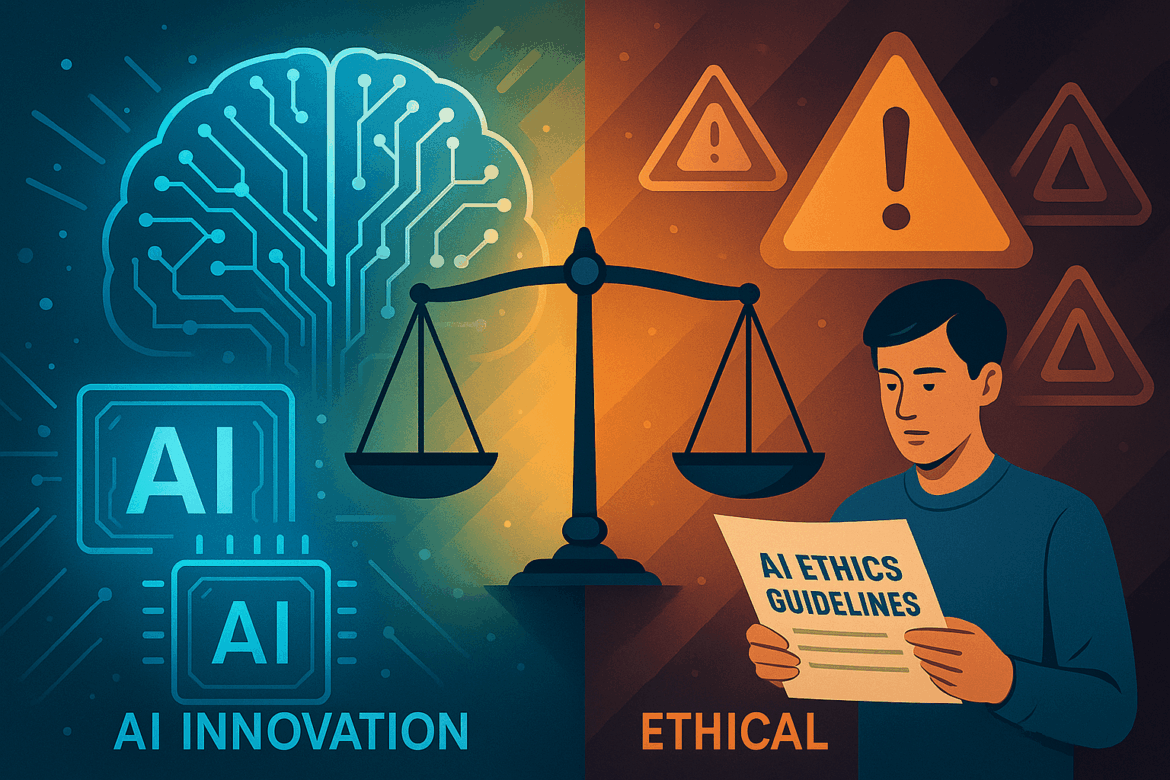AI has an influence on our world—it’s making things quicker, smarter, and more productive. From digital helpers to medical analysis, AI already assists people in incredible ways. But these perks also bring serious worries. If not used right, AI might cause more problems than it solves.
Let’s dig into the dangers of AI and how we can make sure it’s used and .
What Makes AI Dangerous?
AI is built to make choices and do jobs without human help. While that’s useful in many cases, it can also cause issues if not watched .
1. Unfair Outcomes
AI picks up on patterns in data. If the data it uses for training has unfair or biased information, it will copy those errors. This can lead to unfair hiring choices biased credit scores, or even unequal treatment by police.
2. Privacy Issues
AI systems often gather and study personal info to improve their performance. But without good data protection, your private details might be misused, leaked, or sold.
3. Job Loss
AI and machines can now do many jobs that people used to do. While this boosts output, it can also cause people to lose their jobs in some fields creating money and social problems.
4. Fake Content and False Information
Cutting-edge AI now has the ability to produce videos, photos, and even voices that seem genuine—these are called “deepfakes.” When used , they can spread misinformation or damage someone’s reputation.
5. Nobody to Hold Responsible
When AI makes an error finding the responsible party often proves difficult. Should the blame fall on the developer, the company, or the machine? This absence of accountability creates a significant ethical problem.
Real-Life Cases of AI Mishaps
AI has already demonstrated potential issues:
- A face recognition system misidentifying people of color more than white individuals
- A recruitment algorithm favoring male candidates over female ones
- Social media algorithms boosting harmful content to increase user engagement
These examples aren’t one-offs—they show how AI can be misused without much effort.
How Can We Build and Use AI in a More Responsible Way?
To reap the rewards of AI without the risks, we need to create and apply it . Here’s what that might look like:
1. Make AI Easy to Understand
People should be able to grasp how an AI system reached its conclusion—when it impacts their life such as when it approves a loan or suggests a medical treatment.
2. Use Higher-Quality More Balanced Data
AI should learn from information about all types of people and situations. This helps it steer clear of old prejudices and leads to more equitable results for everyone.
3. Keep People in the Loop
AI should help humans, not take their jobs. Having someone watch over the system leads to better decisions and helps spot mistakes before they cause problems.
4. Guard Personal Data
Businesses need to respect user privacy by using tough data protection rules. Folks should also know how their info is used and have a say in it.
5. Set Up and Follow Clear Guidelines
We need laws and ethical rules to make sure AI is used the right way. Creators and companies must answer for how their AI systems work.
What Can Average Folks Do?
Even if you’re not a tech whiz, you can take some easy steps:
- Back businesses that put ethical AI first
- Check privacy rules before using AI tools
- Keep up with how AI affects your daily life and rights
